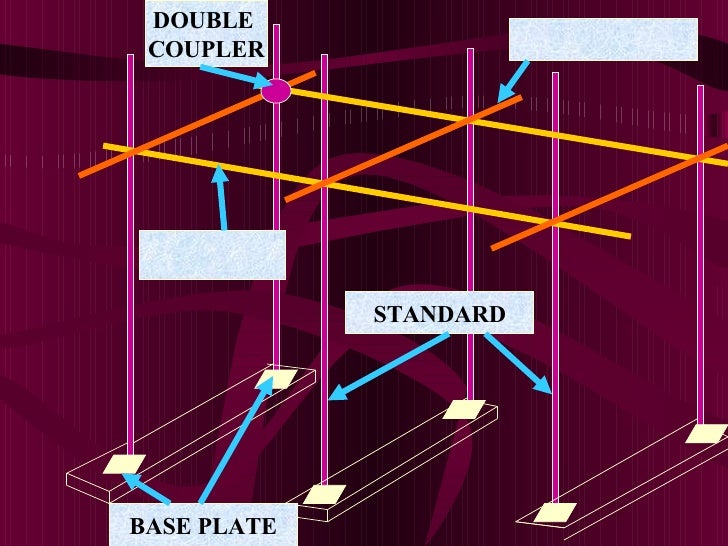


- #CATENARY SCAFFOLD INSTALLATION INSTALL#
- #CATENARY SCAFFOLD INSTALLATION PLUS#
- #CATENARY SCAFFOLD INSTALLATION TV#
Next bolt the hook collar onto the pole (or what will be the top section of pole, most installs use pole sections joined with pole couplers (sold here) and install the stay wires. Thus you pre install the aerial (and cable) on the pole and make sure it’s pointing in the right direction relative to the stay wire anchors etc and keep it there as the installation is progressing ! First install the anchors. Obviously the installation must be done when there’s no wind ! The big problem is that once installed you can’t normally get to the hook collar, nor align the aerial by twisting the pole, not by more than a few degrees anyway. See above for more detail about each part of the process.
#CATENARY SCAFFOLD INSTALLATION PLUS#
Their big advantage is that you only need a 10mm drill bit (the M8 shield anchor version requires a 14mm hole), plus the fact installing them is less likely to crack the brick if excessive torque is applied. I’m not saying we’d normally recommend the use of eye screws for stayed installations but what can I say ? They've been there since Nov 2001 and they're still there now ! To be frank, so long as the cable is pulling at an obtuse angle to the bolt, it’d need a hell of a force to get it out, basically the eye bolt itself would have to bend and/or get pulled apart. I do have an admission here, our aerial array uses our standard eye screws / wallplugs and with “sub optimal” catenary wire loading angles (see below for more on this)…. Anchors should be rechecked periodically, particularly after any gales. On the subject of eye bolts into masonry, it is preferable that wherever possible the load (of the cable) is applied sideways, or, at the very least, at an obtuse angle, not straight out of the wall. Most people just use shield anchor (“Rawlbolt” type) eye bolts into masonry (we sell an M8 eye bolt), but we also sell M10 J bolts and O bolts (usually supplied with our chimney lash kits but available separately by phone) which can be installed in steelwork or whatever. What about the anchors ? Obviously the stay wires are only as strong as the anchors they’re attached to, so it’s an important question. Adding stay wires can damp any resonance, though so can slightly altering the pole length or indeed rearranging the aerials on the mast. In fact an installation’s inherent resonance can contribute to its failure, this causes fatigue at its base where it is under most strain and where any installation will fail (if it ever fails). This was the biggest difference when we added stay wires to our install, it whipped about alarmingly in high winds before but with the wires on (even only supporting the mid point of the pole) it was far more stable. microwave transmitters and Starlink), it greatly reduces the movement in the antenna / dish. The next point to (re)make is the weight of an aerial is almost irrelevant, it’s the wind loading which will break the pole, assuming it’s windy enough, obviously…… That’s where guy wiring an installation really does increase its strength, and, even more important for some installs (e.g. Here are some real world installations and our pole strength test results. The first point to make in this article is are you sure you really need guy wires ? Two inch diameter poles, particularly the thicker 14 gauge/2.0mm type, really are quite strong and scaffold poles are even stronger. It should be borne in mind that this actually puts more strain on the wires and anchors due to the leverage effect of the unsupported length of pole above, but despite that (and the not recommended use of screw eyes as anchors ! ) it’s still there having been put up in 2001, having survived some vicious winds…. We reckoned (correctly as it turned out) that supporting it half way up the pole would be sufficient. We couldn’t be arsed to take the whole install down to get the hook collar at the top ! Note : standing on the chimney is not advisable…. Also, our install is actually “semi stayed”, this is because it was done in a bit of a rush (the wind was whipping the pole around like nobody’s business) which resulted in, to be frank, a bit of a bodge. Most cable stayed transmitters are not firmly fixed at the bottom, they’re mounted on a ball (tubular masts like Winter Hill for instance, are not). Actually, in one very important respect, they’re rather different.
#CATENARY SCAFFOLD INSTALLATION TV#
Guy / stay wire supported masts, your aerial pole or a TV transmitter, exactly the same principle ! See ATV's aerial array and Ridge Hill transmitter (in the picture below).


 0 kommentar(er)
0 kommentar(er)
